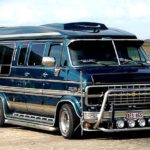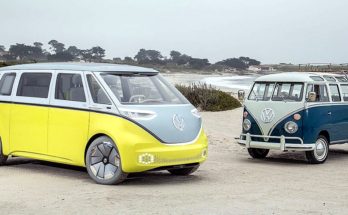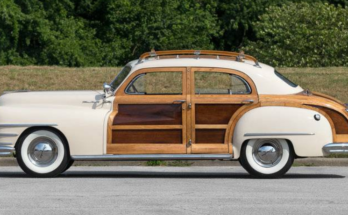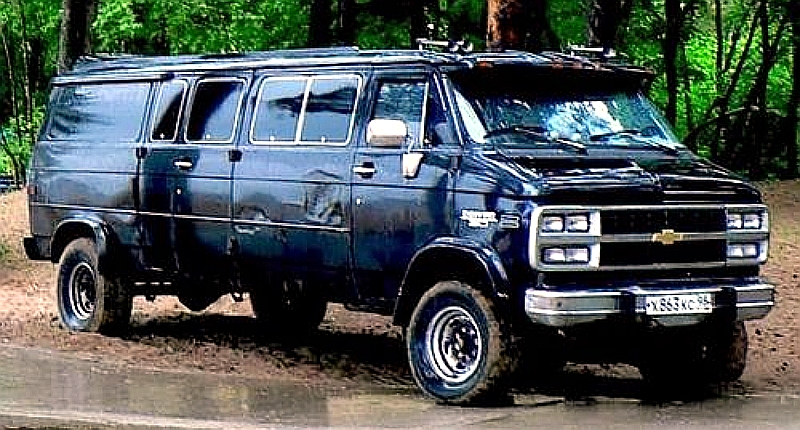Between the years 1995 and 2005, the Chevy Astro Van (also called the GMC Safari) carried passengers and cargo all around the U.S., often competing for work against minivans like the Dodge Caravan and Plymouth Voyager, as well as vehicles like the Dodge Durango and Honda Pilot, though it carries 8 passengers, placing it between the minivan and the full-size van.
Assembled in the Baltimore Assembly plant in Maryland for the entirety of its production run, the Chevy Astro Van was a 3-door, front engine, rear wheel/all wheel drive vehicle. It came with a 4-speed automatic, 4-speed manual, or 5-speed automatic transmission. In 1990, the Chevy Astro was the first mini-van in the United States to begin using all wheel drive, and though it provided better handling, there was a loss in fuel economy (17 mpg as opposed to 20 or 21 mpg that the rear-wheel drive option received).
Later on it was produced with multi-point fuel injection, a HydroBoost hydraulic assist brake booster, and anti-lock control. The Chevy Astros that came with fabric seats were also protected by Scotchguard, and the air conditioning system was made CFC-free. In addition to the original color choices, in 1994 three more options became available: Indigo Blue Metallic, Light Quasar Blue Metallic, and Medium Quasar Blue Metallic.
From 1985 to 1994, the first generation of the Chevy Astro Van had either a 2.5L Tech IV I4 engine (98 hp), or a 4.3L 4300 V6 engine (165 or 200 hp) with a wheelbase of 111 inches. It measured between 176.8 to 187.9 inches long. The second generation Chevy Astro had a 4.3L V6 engine (190 hp), with a wheelbase between 111 and 111.2. It measured 189.8 inches long.
With the size of the Chevy Astro, and its rear-wheel drive capabilities, it became a popular option, especially in the late 80’s, for families who wanted to tow their camper to a favorite weekend vacation spot. It was capable of towing around 5,000 lbs, which meant loading up with a camper, equipment, supplies, and a few extra people was easy. The all-wheel drive option meant it could be driven even in extreme weather conditions, although of course that meant more regular visits to the gas station. Families weren’t the only ones to flock to the Chevy Astro, as many companies purchased the commercial version for towing and toting large amounts of merchandise.
While the Chevy Astro did not perform well in the initial highway testing (the structural failure resulted in a broken leg for the crash dummy), it managed to dramatically improve its rating over the years until it received a 3-and-4 star (driver and passenger, respectively) rating. It received a 5-star rating every year for its side impact safety. In 2007, the Insurance Institute of Highway Safety disclosed that between the years of 2002 and 2005, the Chevy Astro had the least amount of killed drivers in passenger vehicles in the United States.
After twenty years of being on the road, the Chevy Astro Van was retired and succeeded by the Chevrolet Traverse, GMC Acadia, and the Chevrolet City Express.
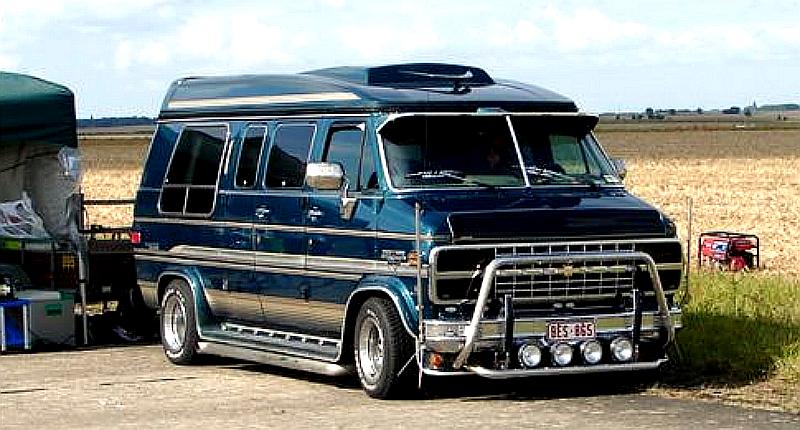 " >
" >





